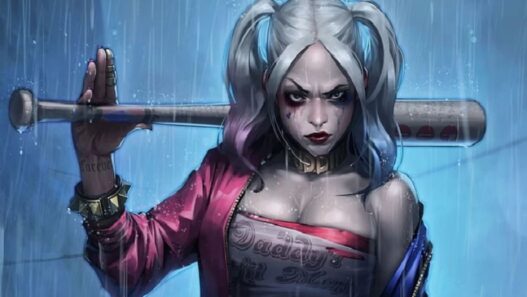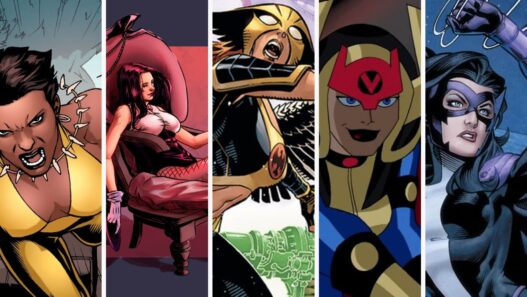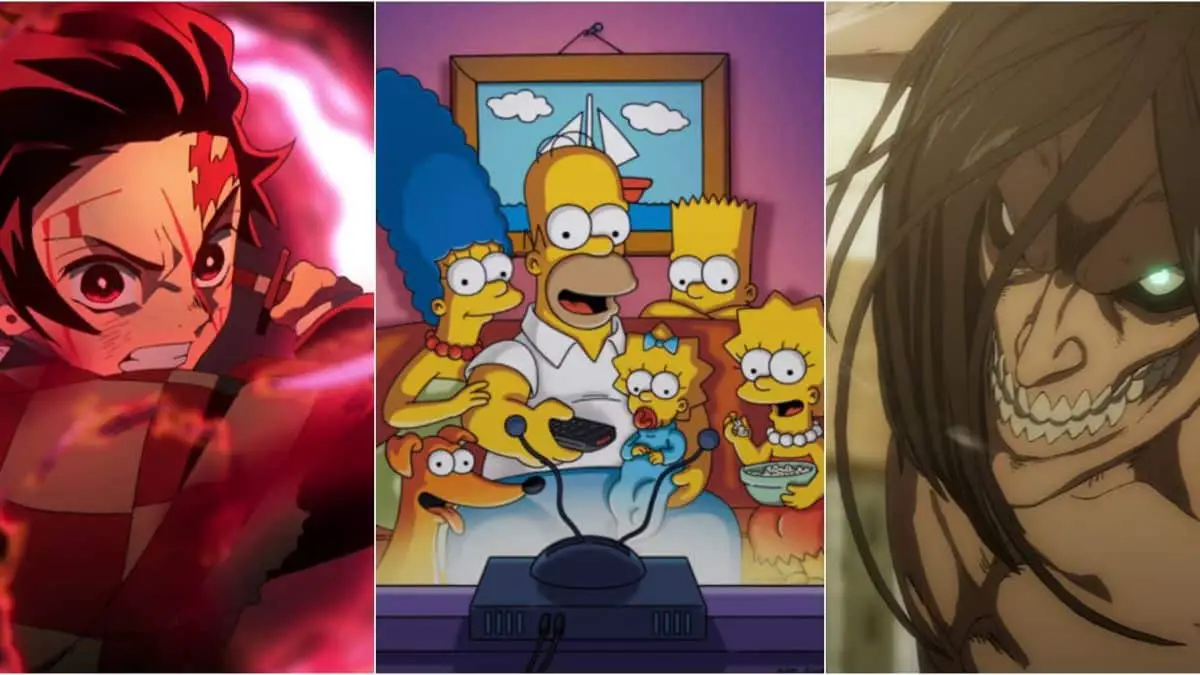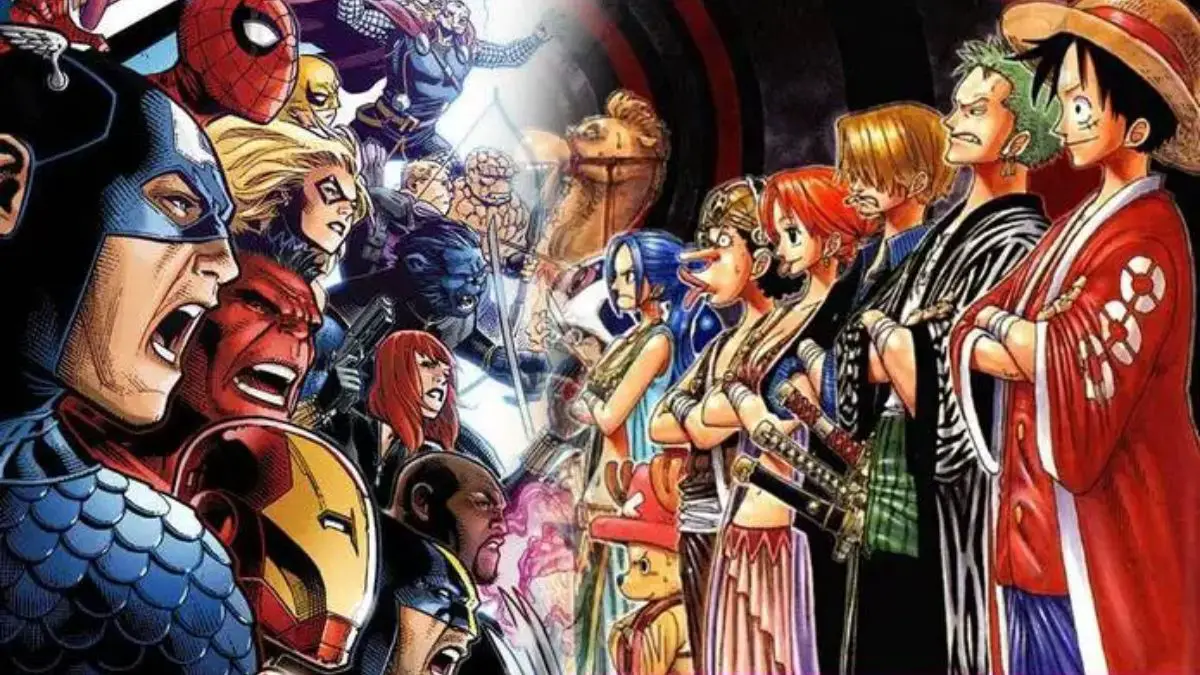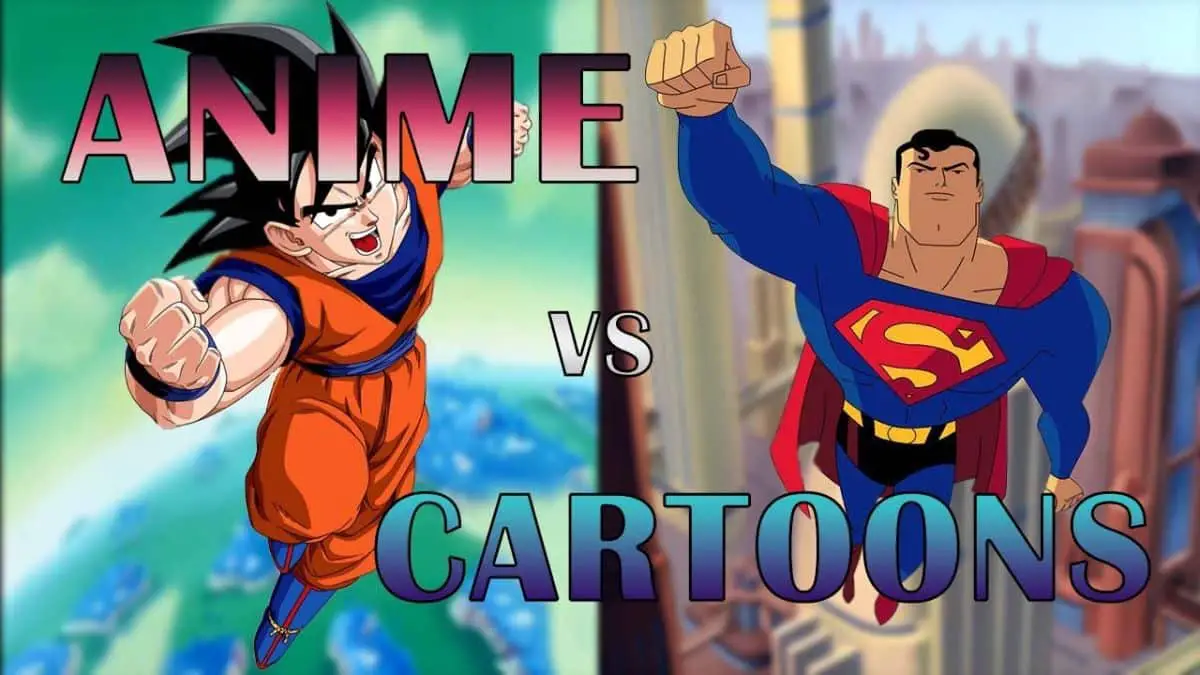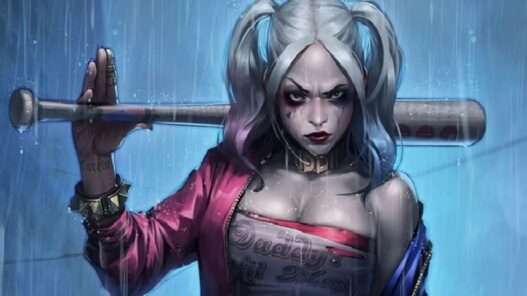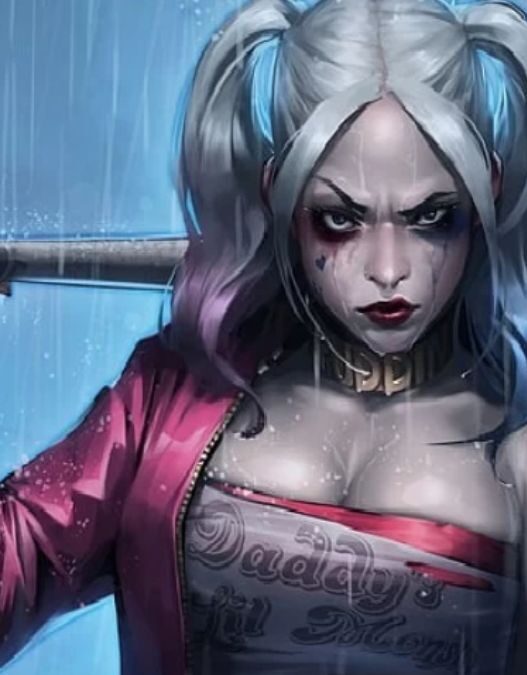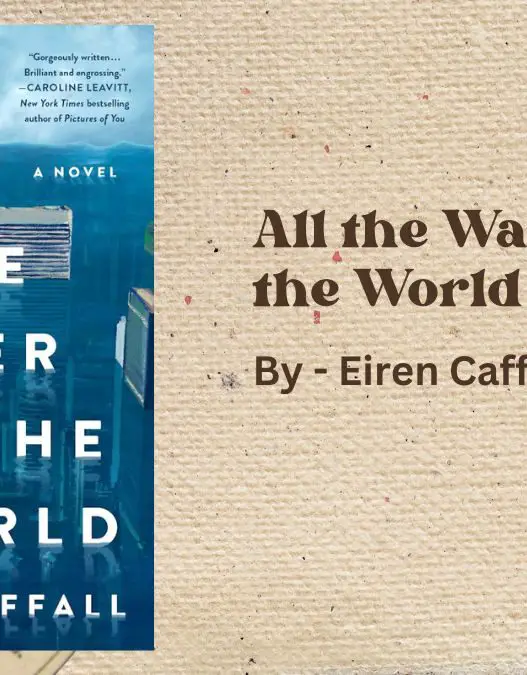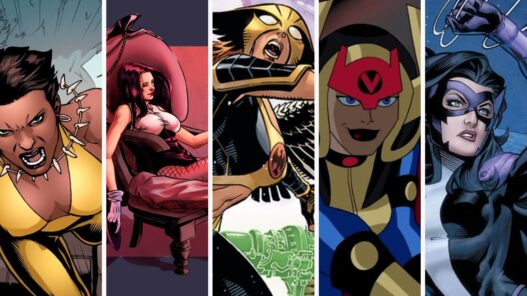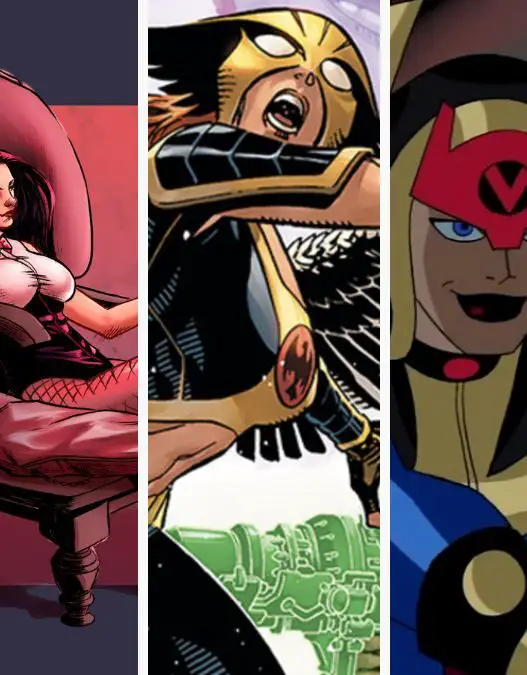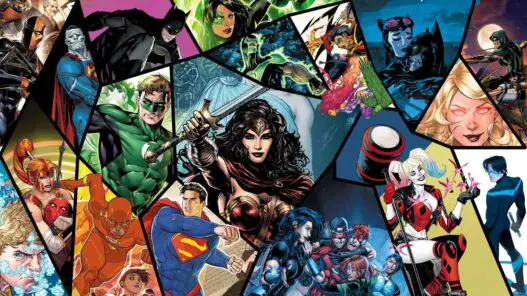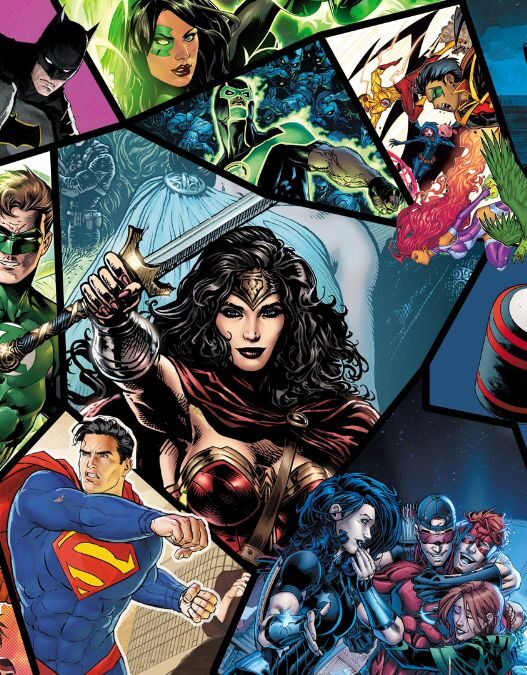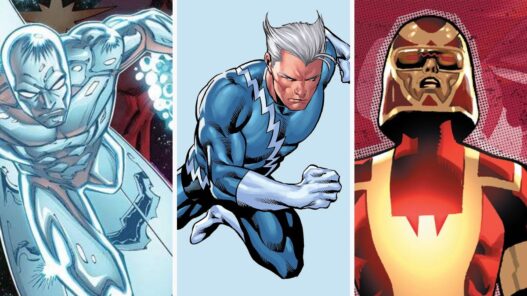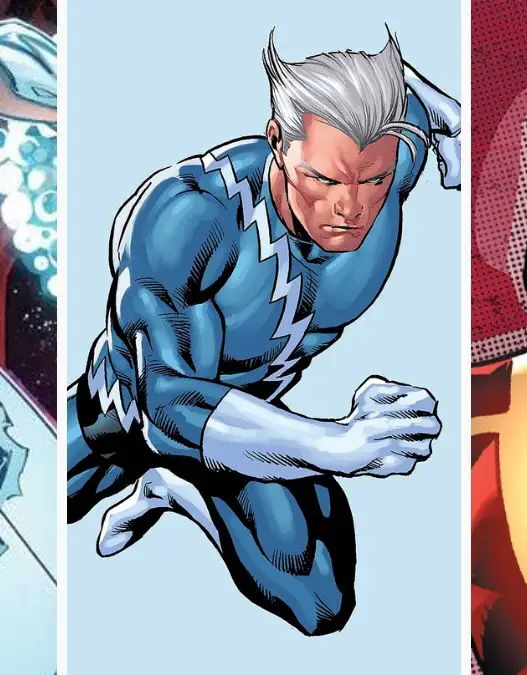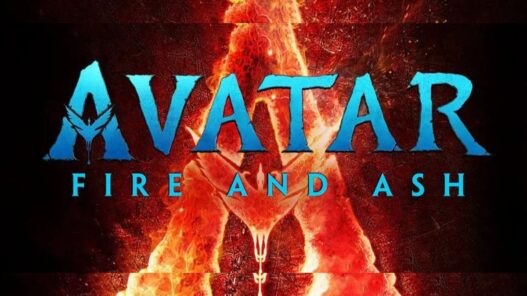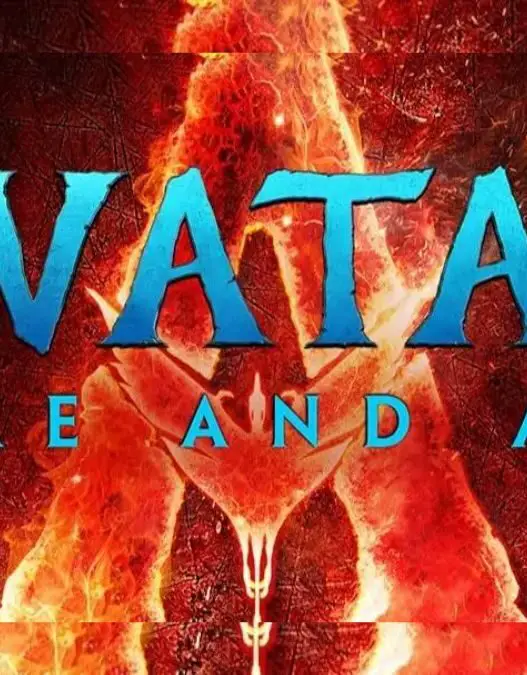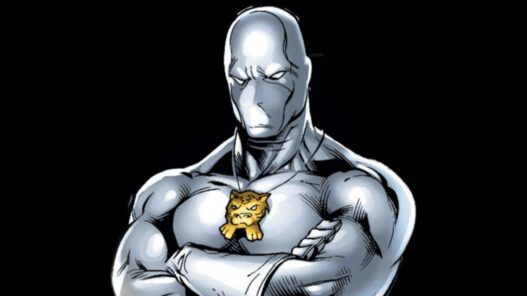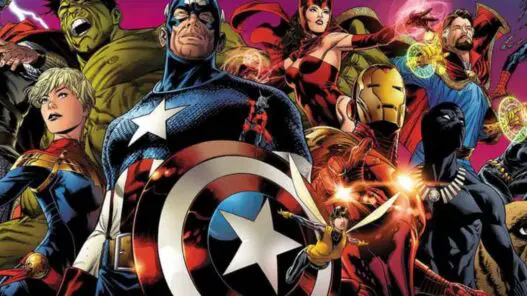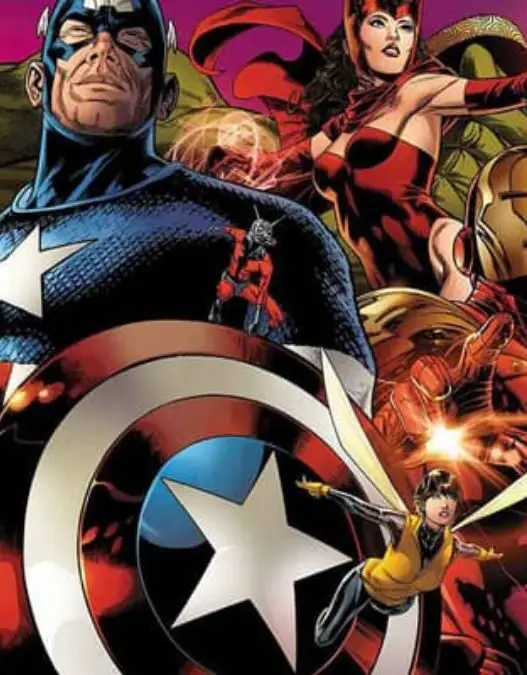In the vast and vibrant world of animation, two dominant styles have captivated audiences worldwide – cartoons and anime. While both forms of entertainment share the fundamental essence of animation, they diverge significantly in visual aesthetics, themes, storytelling, and cultural influences. Understanding these differences not only enhances our appreciation of animation as an art form but also deepens our cultural literacy.
How to Differentiate Between Influential Cartoon and Anime Styles
Visual Characteristics
Character Design: Cartoons often feature exaggerated physical traits to evoke humor or convey character personality succinctly. Characters may have oversized heads, expressive faces, and simplified body shapes. Anime, on the other hand, is known for its detailed and proportionate characters, with large, expressive eyes and a wide range of facial expressions to convey a broader spectrum of emotions.
Color Usage: Color schemes in cartoons tend to be vibrant and varied, aiming to capture the viewer’s attention and convey mood swiftly. Anime uses color more strategically, often employing specific palettes to complement the story’s tone, character emotions, or even different times of day.
Backgrounds and Settings: Cartoons typically use simplistic backgrounds that highlight the characters and action. Anime backgrounds are usually more detailed and realistic, providing a richer context for the story and enhancing the world-building.
Themes and Storytelling
Target Audience: While cartoons are primarily directed at children, offering moral lessons through light-hearted storytelling, anime spans a wider range of demographics, from children to adults. This diversity is reflected in the complexity of its themes and narratives.
Themes: Cartoons often explore themes of friendship, adventure, and good versus evil in a straightforward manner. Anime delves into more diverse and sometimes mature themes, including existential questions, social issues, and the complexities of human nature.
Narrative Structure: The narrative in cartoons is usually episodic, with each episode presenting a self-contained story. Anime, however, often features serialized storylines that develop over multiple episodes or even seasons, allowing for character development and plot complexity.
Cultural Influences
The distinct cultural backgrounds of cartoons and anime deeply influence their content and style. Cartoons reflect Western storytelling traditions and humor, incorporating elements of Western mythology, folklore, and pop culture. Anime, rooted in Japanese culture, integrates aspects of Japanese history, societal issues, and philosophical concepts, offering a glimpse into the country’s traditions and values.
Production and Distribution
Animation Techniques: Traditional cartoons often used hand-drawn or 2D animation techniques, though modern cartoons have embraced CGI. Anime production, while also evolving technologically, retains its unique stylistic elements, such as the emphasis on detailed character expressions and dynamic motion sequences.
Distribution Channels: Cartoons are typically broadcast on television or available on streaming platforms catering to a Western audience. Anime has a global distribution network, including specialized streaming services, which has contributed to its international popularity.
Popularity Trends: The global reach of anime has been remarkable, with fan communities across the world. Cartoons maintain a strong presence, particularly in their country of origin, but anime’s influence has been growing steadily, evidenced by the increasing number of anime conventions and the presence of anime in mainstream media.
Impact and Legacy
Both cartoons and anime have left an indelible mark on pop culture. Cartoons have shaped generations of viewers with iconic characters and timeless lessons, influencing other forms of media and even fashion trends. Anime has transcended its cultural origins to become a global phenomenon, contributing to the international dialogue on art, society, and identity. The fandom and community around anime are particularly noteworthy, with dedicated conventions, fan art, cosplay, and fan fiction extending the life and influence of anime series and characters far beyond their original runs.
Notable Examples
To understand the impact and legacy of both styles, one can look at iconic examples. Cartoons, like “The Simpsons,” “Looney Tunes,” and “SpongeBob SquarePants” have become cultural staples, celebrated for their humor, creativity, and ability to comment on society. Anime series such as “Naruto,” “Dragon Ball Z,” and “Sailor Moon” have achieved international fame, introducing audiences worldwide to the depth and complexity of anime storytelling and inspiring a multitude of cross-cultural exchanges.
Also Read: 15 Most Loved Cartoon Characters of All Time

